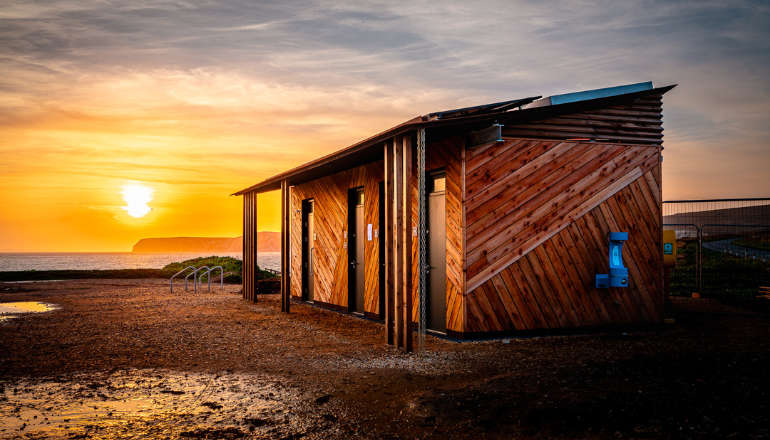
The Northern Lights have returned to the UK in spectacular style, visible across huge parts of the country.
This year, the famed aurora has made a couple of appearances as far south as the UK, producing stunning pictures as a result.
The phenomena is chiefly influenced by geomagnetic storms, of which the Met Office said there was a "severe" one due to reach Earth overnight on 10 October.
This brought sightings of the aurora all over the UK on Thursday night, with reports that it was visible across Britain, as far south as Sussex.
The Met Office had said that viewings were likely in Scotland and Northern Ireland and possible in the north of England and the Midlands.
However, thanks in part to relatively clear skies, they were visible for huge numbers of Britons well beyond this.
Met Office spokesperson Stephen Dixon said that further residual viewings could be possible over the weekend - but this is likely to be confined to the likes of Scotland.
Rain and cloud could also obscure further viewings over the weekend.
Near peak solar cycle
The auroras are most common over high polar latitudes but can sometimes spread south over parts of the UK.
The geomagnetic storms that chiefly influence them often originate from the sun, which works on a cycle of around 11 years with peak sunspot activity referred to as solar maximum.
Sunspots give the potential for Earth-directed releases of large bursts of energy, called coronal mass ejections (CME), which can lead to aurora visibility.
Read more from Sky News:
Man charged with 'dognapping'
Football Manager video game suffers major delay
Grim choice given to death row inmate
Mr Dixon said: "We're near the peak of that solar cycle so there have been more space weather events in recent months.
"International prediction centres, including the Met Office Space Weather Operations Centre, are expecting solar maximum to be later this year or early next year."
It will still be possible to see the Northern Lights once we pass solar maximum but there will be a decline in such activity.
The aurora displays occur when charged particles collide with gases in the Earth's atmosphere around the magnetic polls.
As they smash into one another, they emit light at various wavelengths, creating the stunning sights.

(c) Sky News 2024: Northern Lights put on spectacular display as people share their sightings of the aurora borealis

 Hurricane Milton was not the storm people feared - but the storm of US politics is just getting going
Hurricane Milton was not the storm people feared - but the storm of US politics is just getting going
 'I thought I'd be dead by now' - can Labour use Blair template to cut 'shameful' levels of rough sleeping?
'I thought I'd be dead by now' - can Labour use Blair template to cut 'shameful' levels of rough sleeping?
 One killed and 12 rescued after lift fails at Mollie Kathleen Gold Mine in Colorado
One killed and 12 rescued after lift fails at Mollie Kathleen Gold Mine in Colorado
 Starmer's saviour? Insiders lift the lid on Morgan McSweeney, the PM's new closest confidante
Starmer's saviour? Insiders lift the lid on Morgan McSweeney, the PM's new closest confidante
 Manchester United defender Noussair Mazraoui undergoes minor heart procedure
Manchester United defender Noussair Mazraoui undergoes minor heart procedure



 "More Generous" Council Tax Support Unlikely Isle Of Wight Councillor Admits
"More Generous" Council Tax Support Unlikely Isle Of Wight Councillor Admits
 Timetable Changes For Wightlink During Great South Run
Timetable Changes For Wightlink During Great South Run
 New Facilities Set To Enhance Visitor Experience At Beloved Island Beach
New Facilities Set To Enhance Visitor Experience At Beloved Island Beach
 Owners Of Sandown Eyesore Fined After Successful Isle Of Wight Council Prosecution
Owners Of Sandown Eyesore Fined After Successful Isle Of Wight Council Prosecution